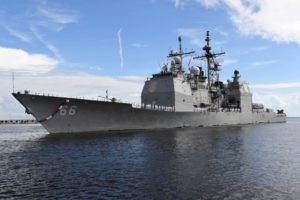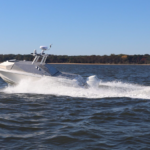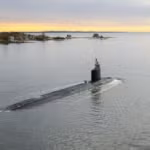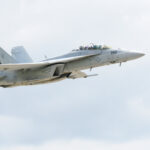
The commander of Naval Sea Systems Command (NAVSEA) this week explained the difficulties the Navy is having in maintaining its cruisers and how that informs service plans for the future fleet. The Navy has worked to modernize and extend the life of two sets of Ticonderoga-class cruisers, first 10 starting in the 2000s and a second batch of seven more starting in 2015. “So right now there are five cruisers in the program, four of which are well into their…

 By
By 











